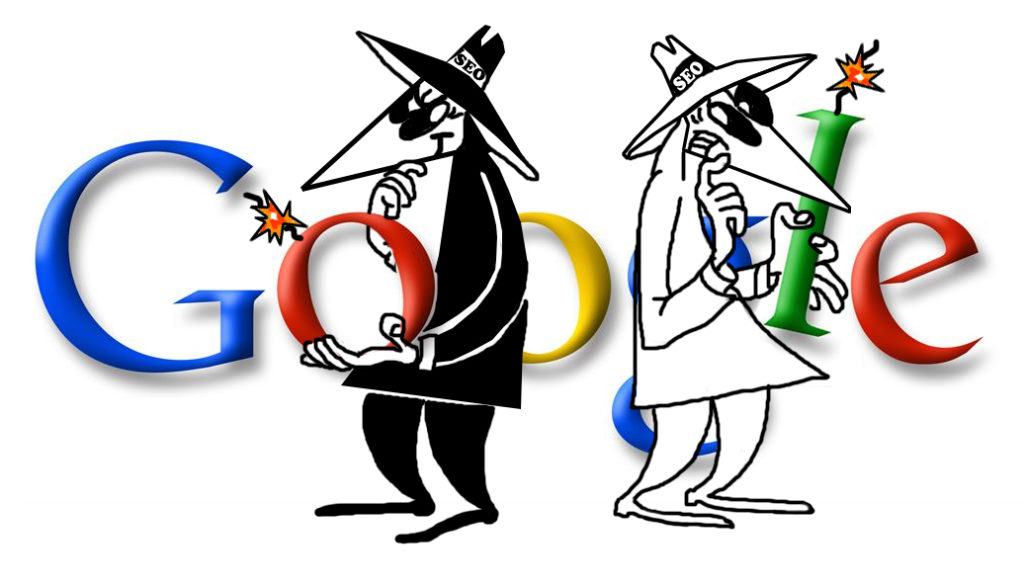BLOG
White Hat SEO
We thought we would kick this page off with a blog about what SEO actually is, seeings there are so many questions around how it works, what contributes to rankings etc.
Enjoy!
SEO is the process of increasing the visibility of a website (or improving ranking) within a search engine’s organic or unpaid search results. This is done by manipulating on-site and off-site factors and can include white hat and black hat SEO techniques.
On-page vs. Off-page
The three most important on-page SEO factors appear to be content (and key word or phrase use), title tags and the URL.
Important to good content is that it supplies demand. Ie the content must answer questions that people are asking – it must be useful! As important as this, it must be linkable. The page title is important, the H1 headline, the meta description and if there is an image or video – the filename. Obviously, as well as all of this, the text body is crucial. All of these things need to include strong use of the key word that the page is targeting.
The Title tags and URL are simpler. With the URL, if a good structure is created, search engines can use the URL to navigate through the information hierarchy that they provide. Including key words in both of these tools can improve web-site rankings.
The three most important off-page SEO factors (which are always changing) are social media community building, using linking and lastly, blogging.
Having an active social media presence, with a strong community and high involvement is becoming increasingly important as a web marketing and SEO strategy. Key social media sites include Facebook, Twitter, Linked-in, Instagram, Myspace and, more recently, Google+.
Links are a powerful way to increase web traffic and boost SEO rankings. This may include link baiting when copying content from other sites and vice versa, having link exchanges with relevant, reputable web-sites and also having cross-linking within your own site, which are links to other pages on your site.
Writing blogs and commenting on blogs written by others (which allow links in the comments section) also increases rankings.
Other important factors are the age and size of the web-site.
Contextual back linking
This is building links into text and having words or phrases within text that are linked to your site. Many blogs do not allow you to use HTML to build anchor texts into your links which means that a bit of hard work is often needed to do this effectively (writing blogs etc).
White Hat SEO
Also known as Ethical SEO, White Hat SEO tactics are used by those looking to make long-term investments on their website. It is human-focussed SEO, whilst still ultimately looking to increase search engine rankings. It uses the techniques mentioned above, plus many more, that follow search engine rules and policies and therefore are not threat of causing the website to be banned from particular search engines.
Black Hat SEO
This is also known as unethical SEO and refers to the uses low quality links to drive website rankings in a matter of days, rather than a more long term focussed strategy. Black Hat SEO tactics can result in a website being banned from search engines, due to not obeying search engine rules. Examples of Black Hat SEO include keyword stuffing, invisible text, text out of view of the page, doorway pages.[/sociallocker]











